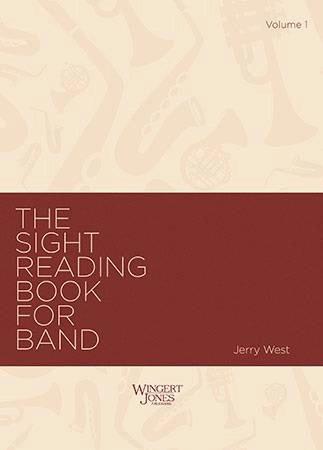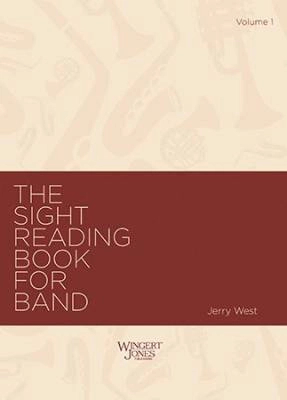Opens in a new window
Wingert-Jones Publications The Sight-Reading Book for Band, Volume 1 - West - Tuba - Book

- Composer/Author: WEST, JERRY
- Instrumentation: TUBA
- Model # 3015019
Format: Book
Instrumentation: Tuba
Here's an effective and efficient means to practice sight-reading on a regular basis without having to retrieve music from the library, hand the music out to the band, collect it after rehearsal, reassemble the music in score order, and file it back in the library.
It provides one hundred short pieces (average length is 25 measures with a total of approximately ten hours of sight-reading practice) while saving valuable rehearsal time. For effective rehearsal planning, an index is provided in the score with key signatures, meters, and primary rhythmic figures to provide assistance in creating lesson plans. The music is arranged in a flexible manner so that it can be adapted to a wide range of ensemble sizes with varying instrumentation. The exercises feature various key signatures and meters, key changes, meter changes, accidentals, reversal of rhythms, repeats of various types, hemiola, and isolation of various sections of the ensemble. Emphasis has also been placed on dotted rhythms and counting of rests. An invaluable tool for the efficient preparation for sight-reading contests by allowing many opportunities to sight-read in class using the least amount of time possible!
Q & A
There are currently no questions for this product.
Reviews
There are currently no reviews for this product. Be the first to write one!





